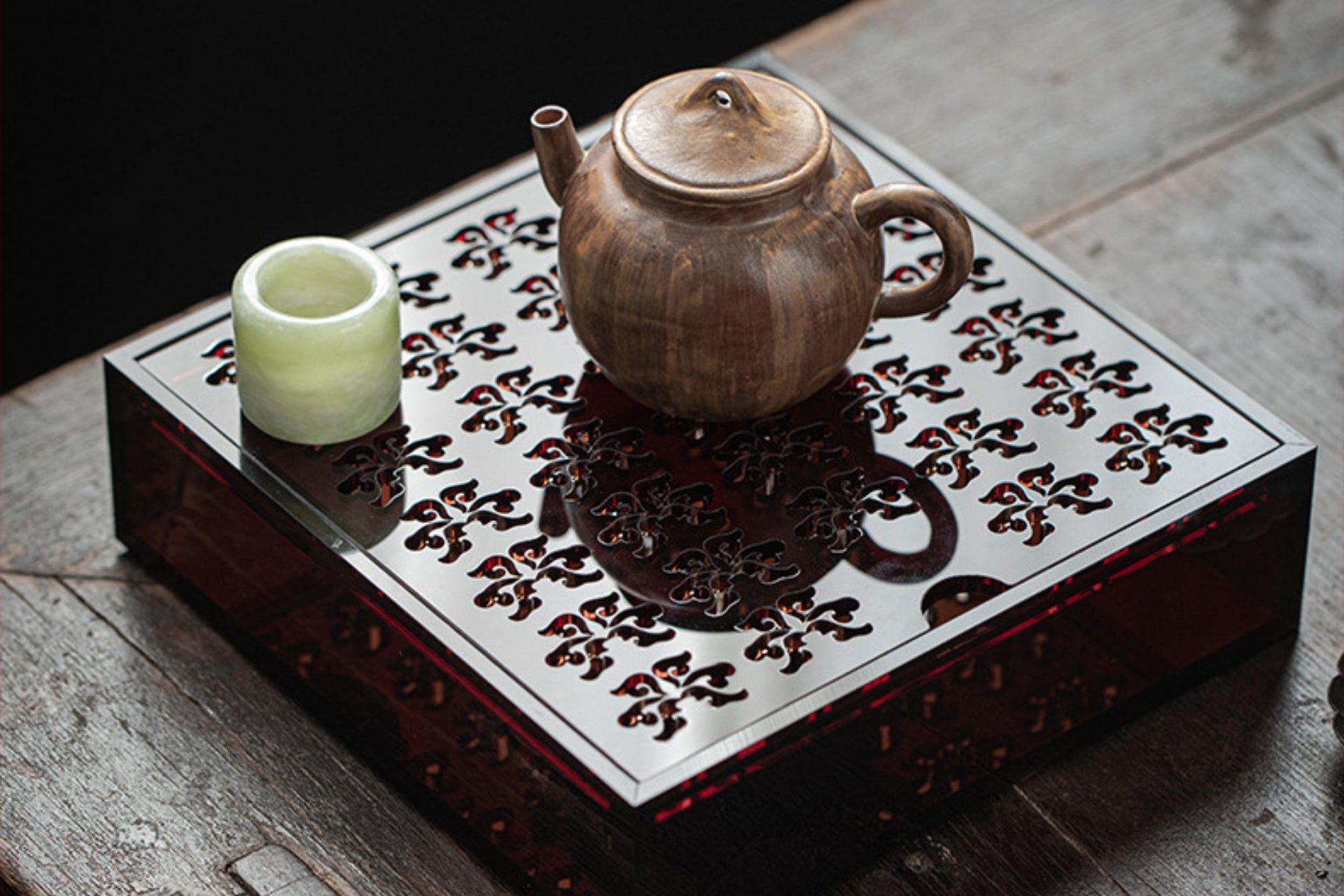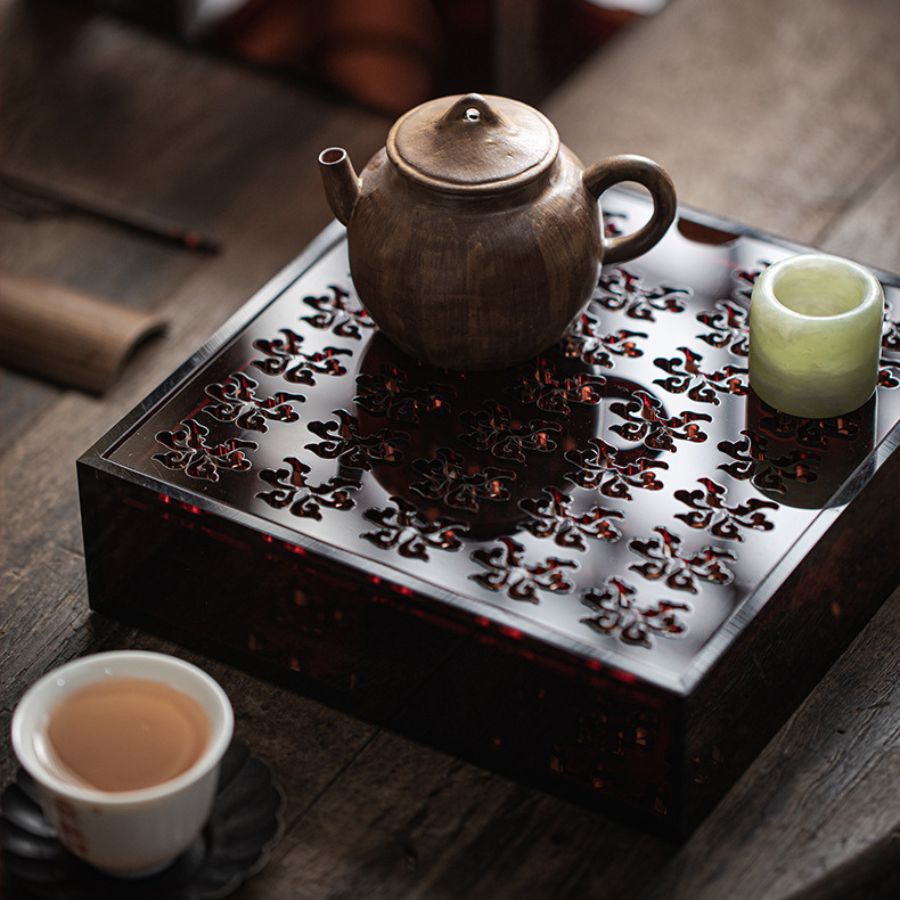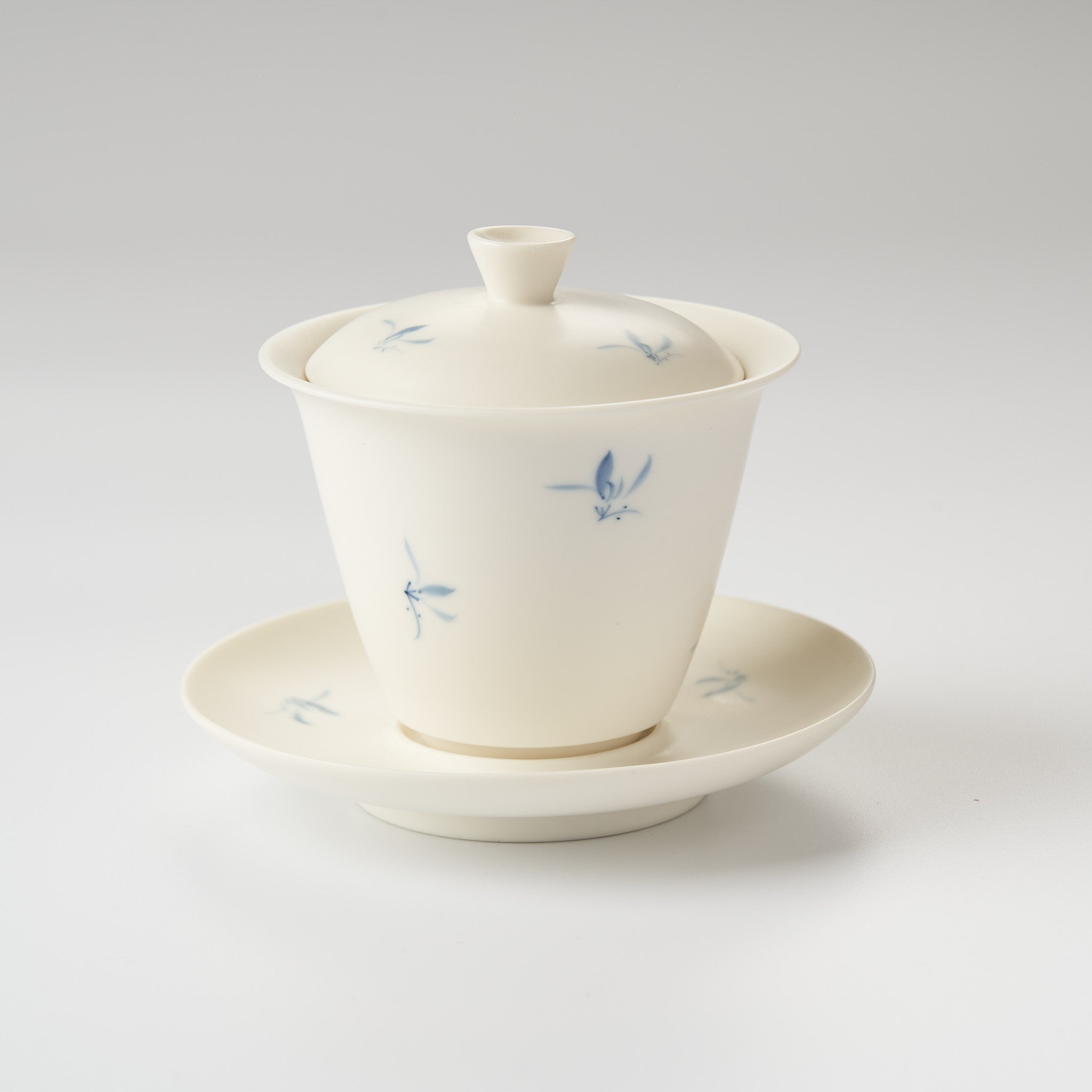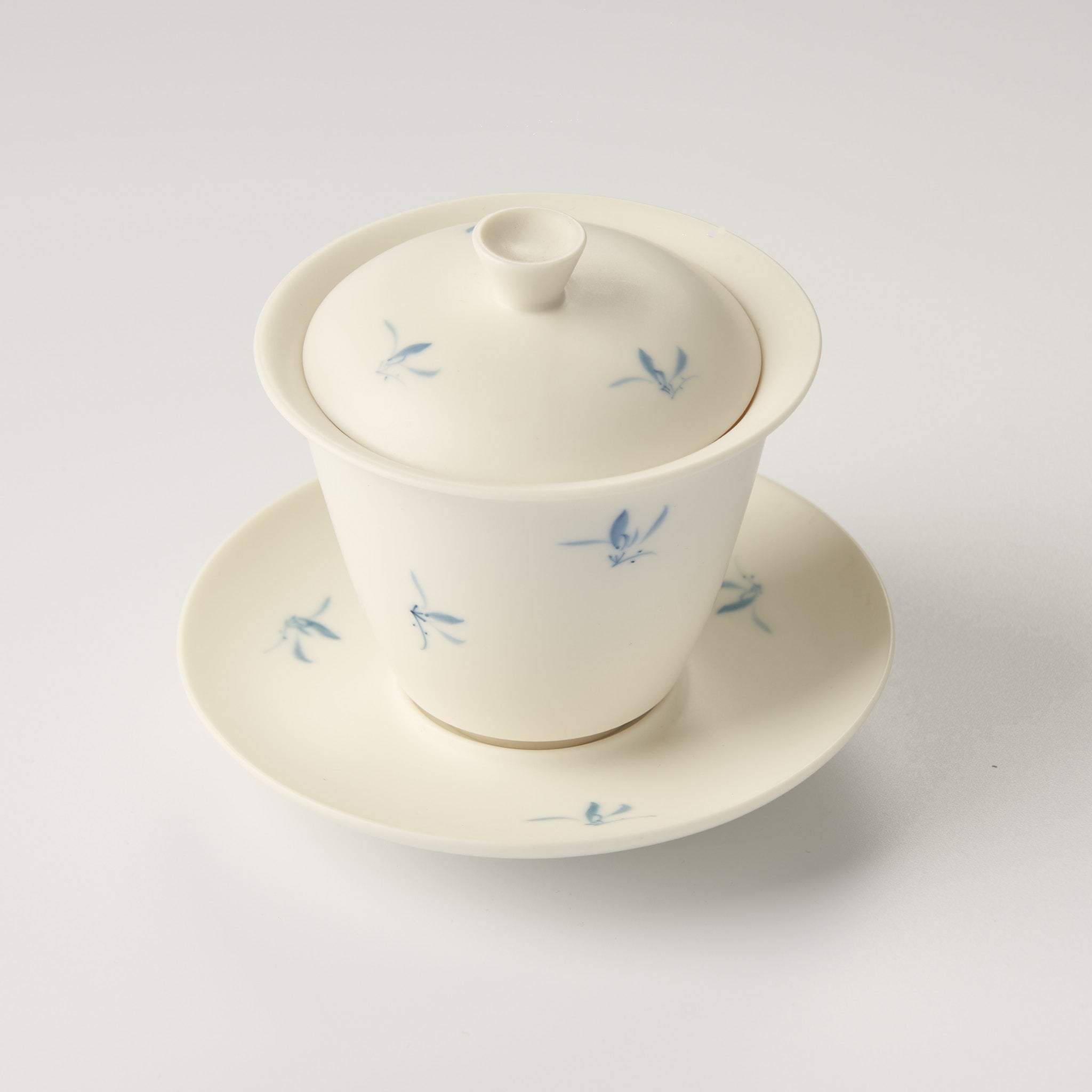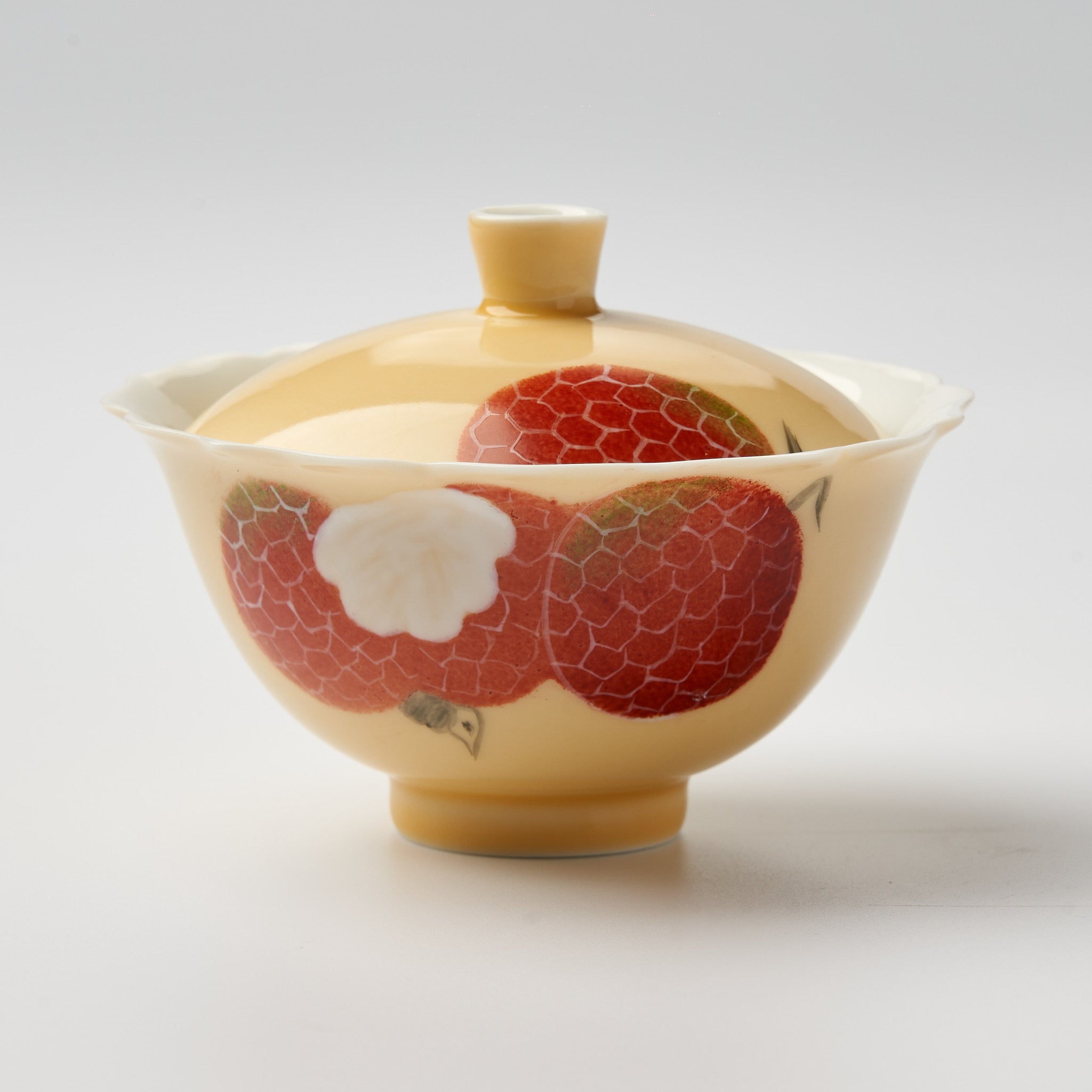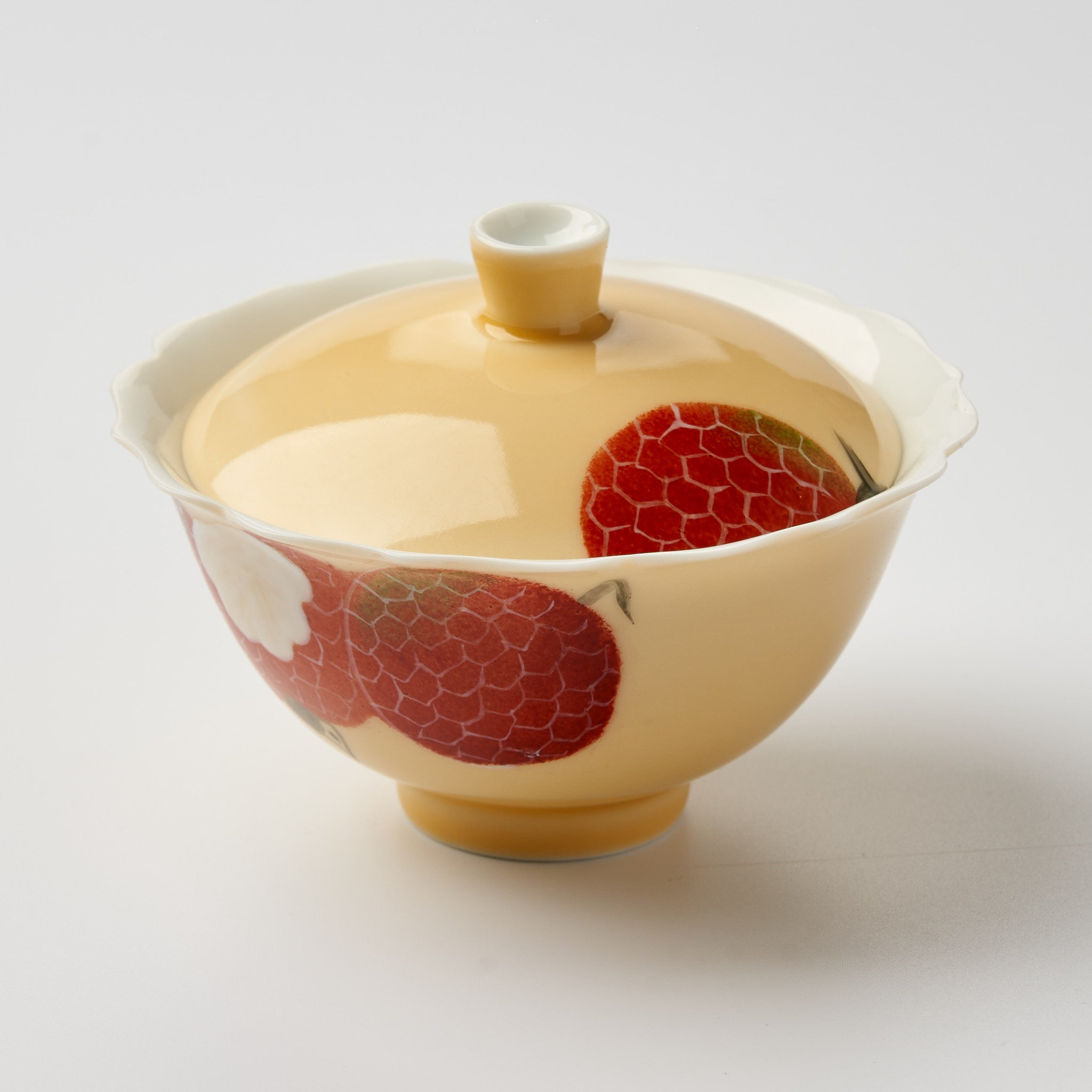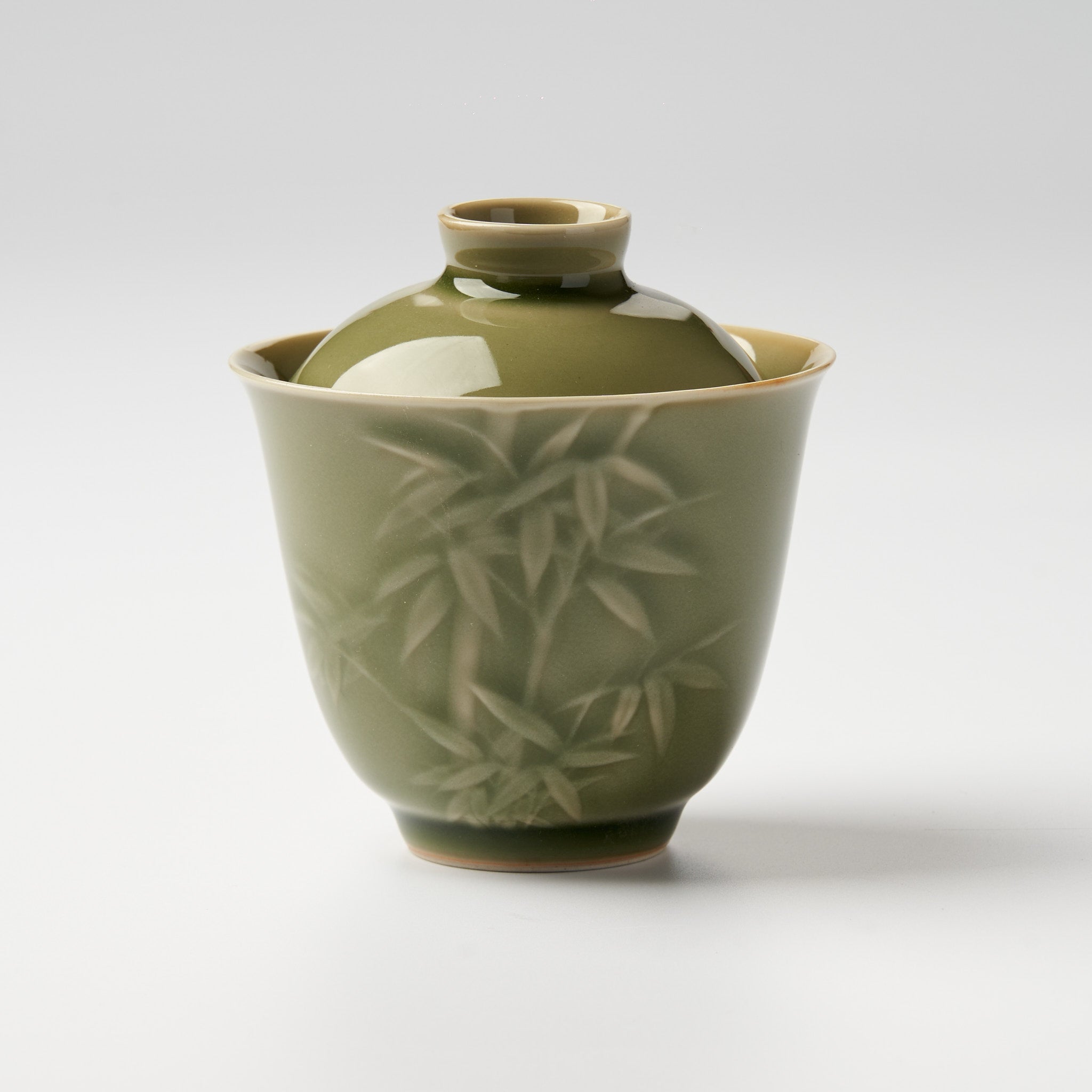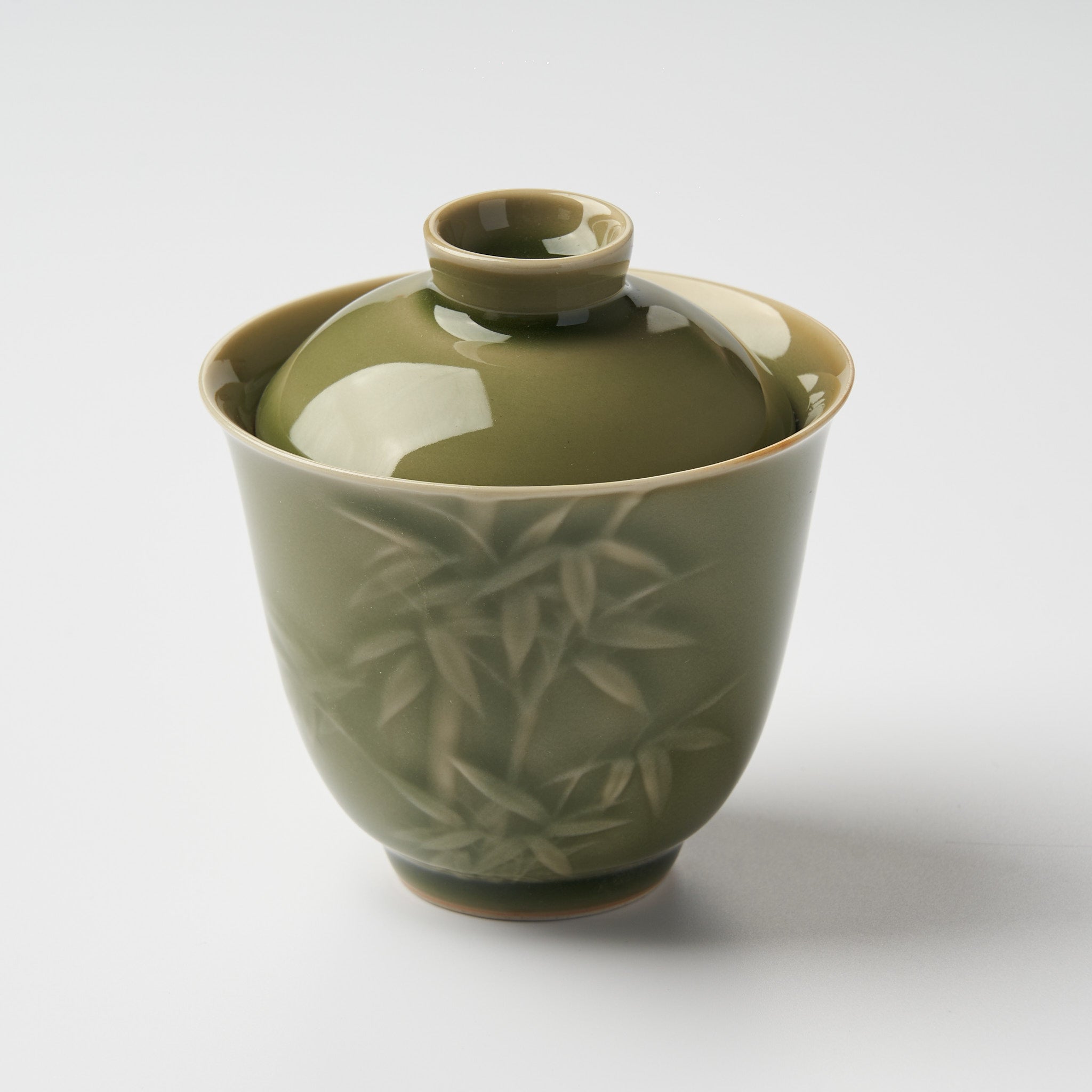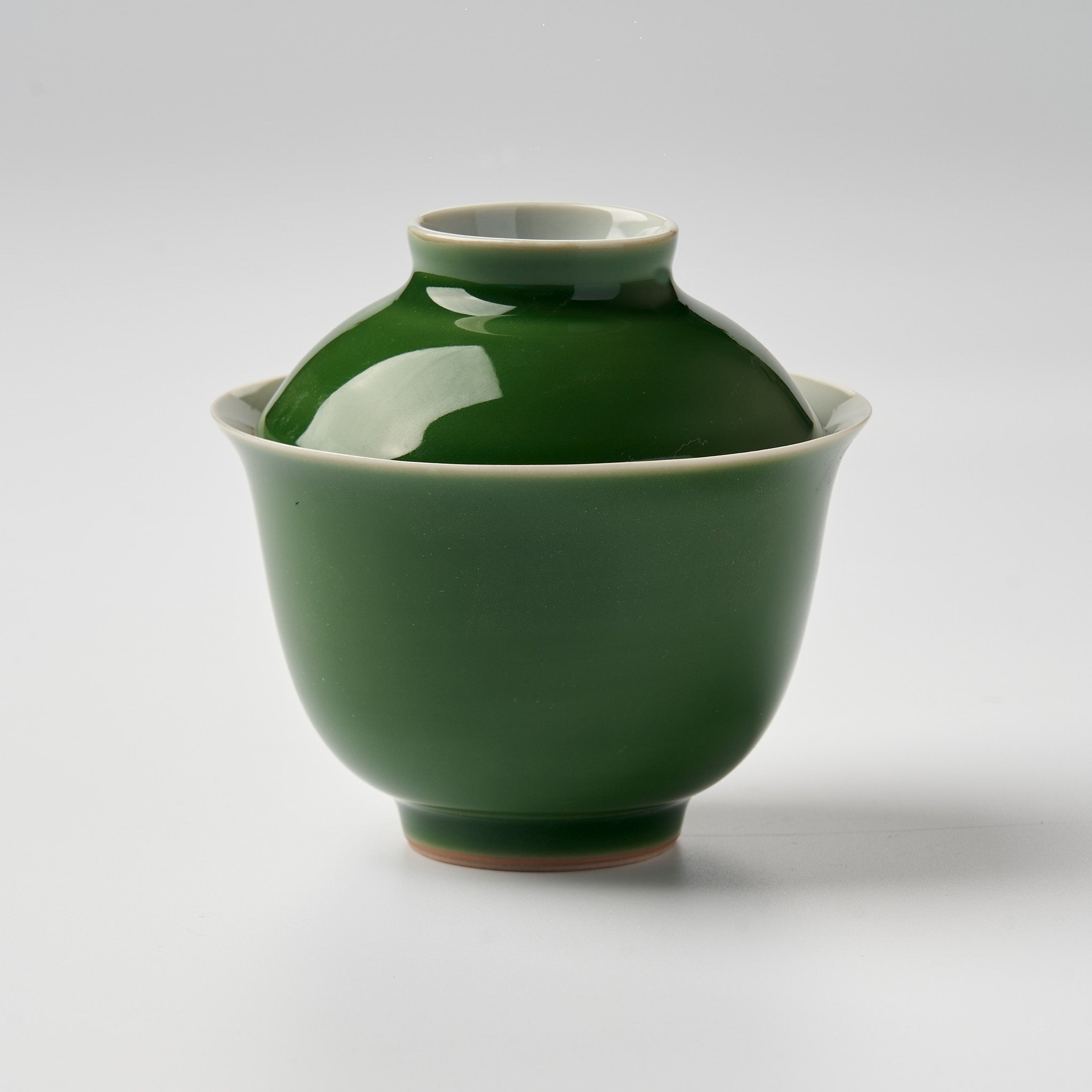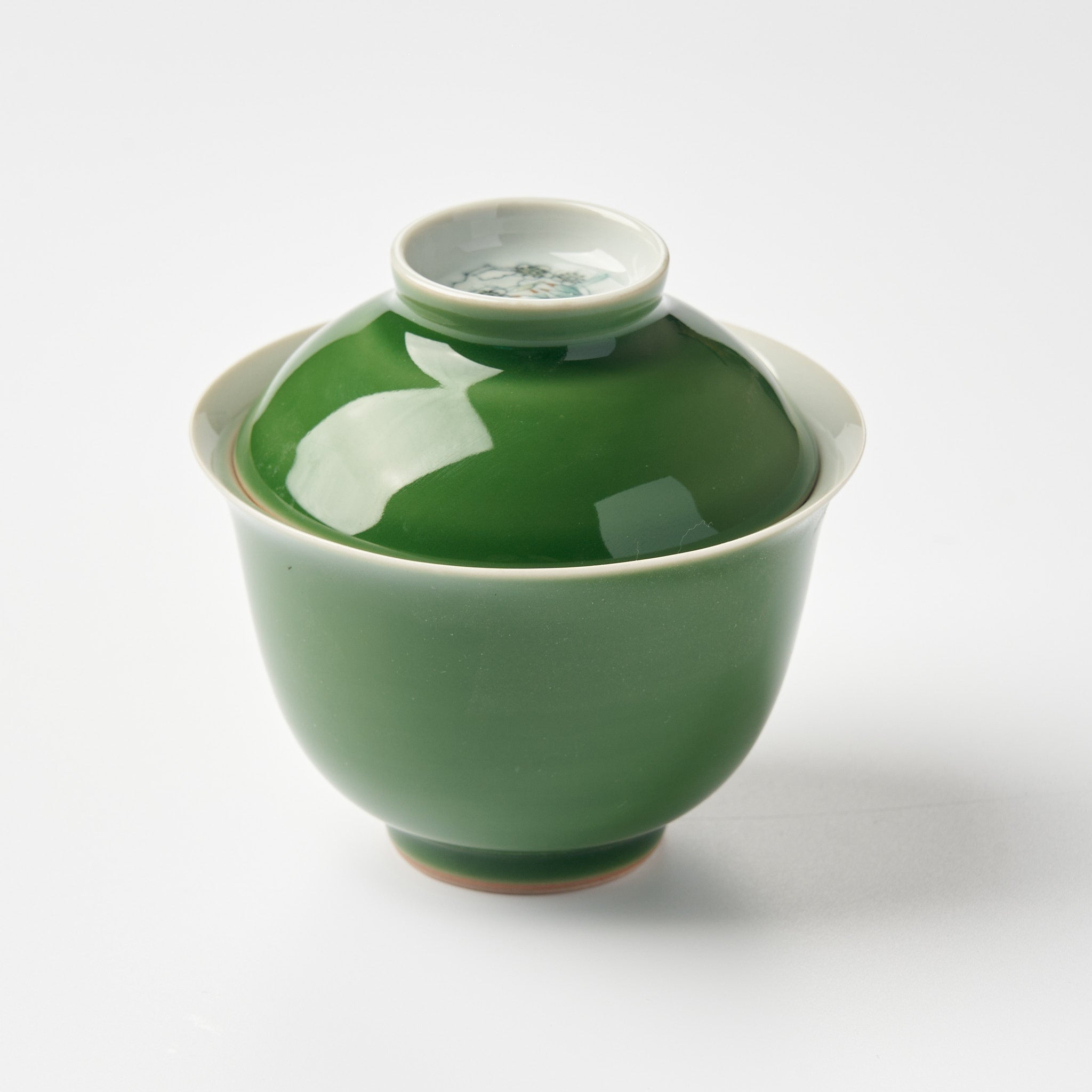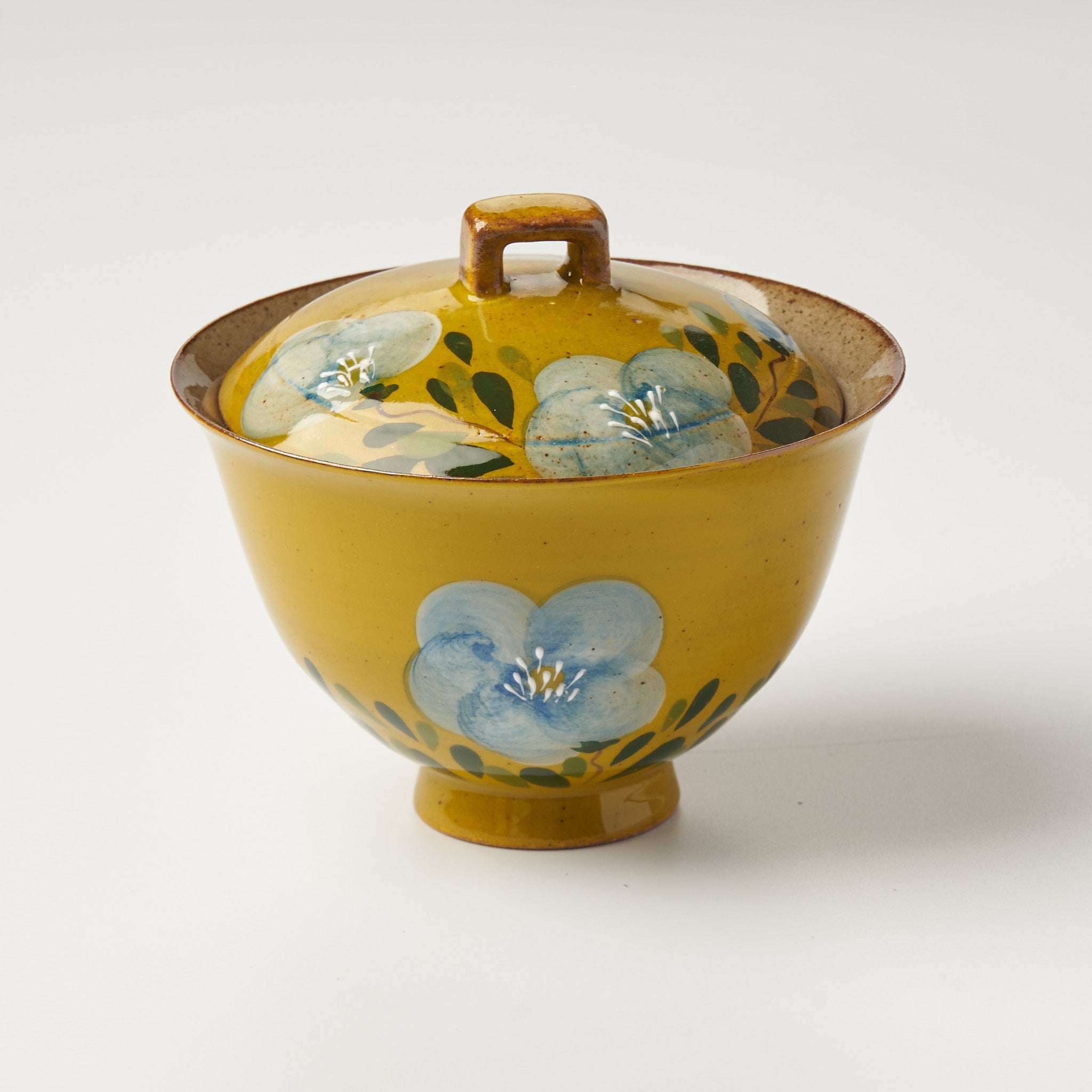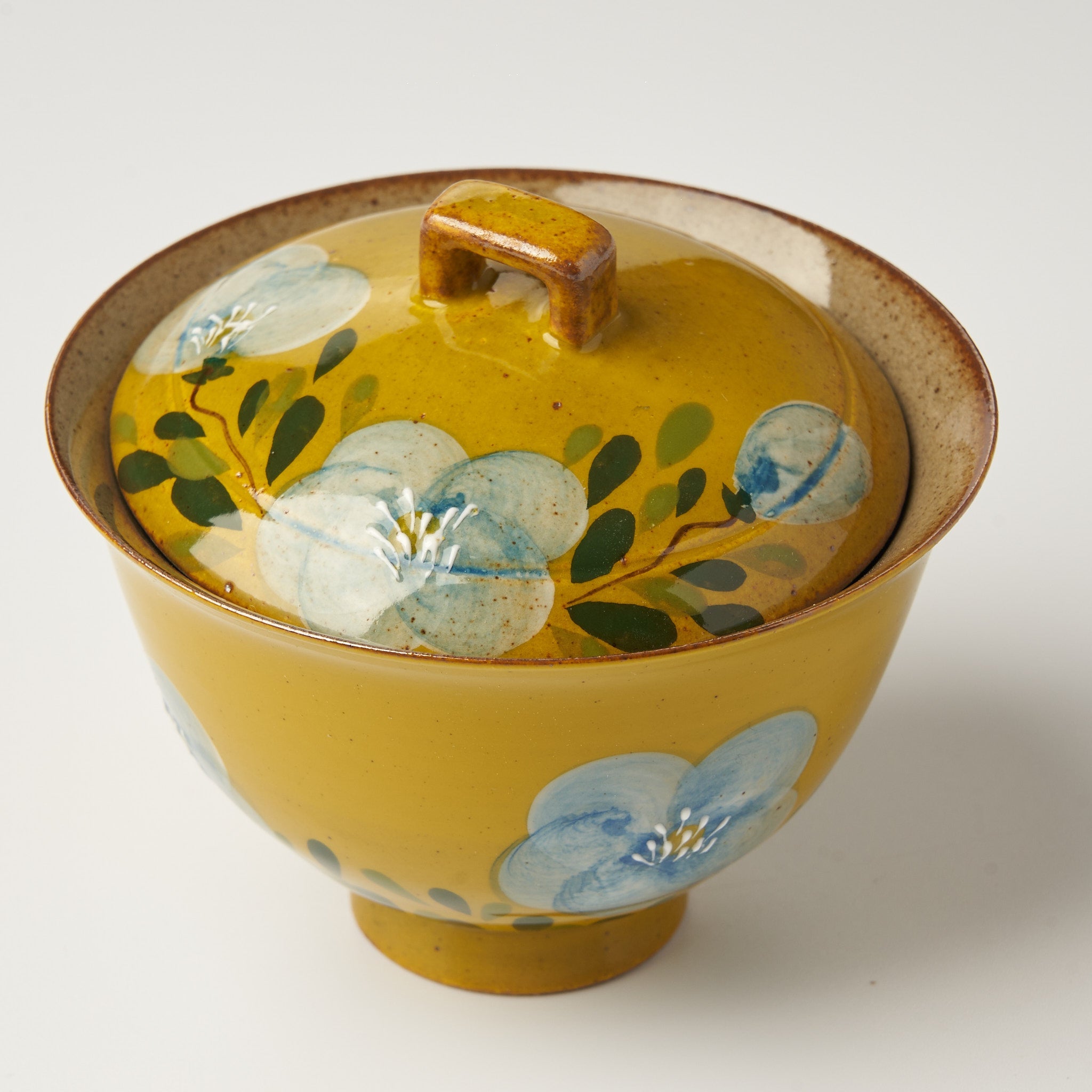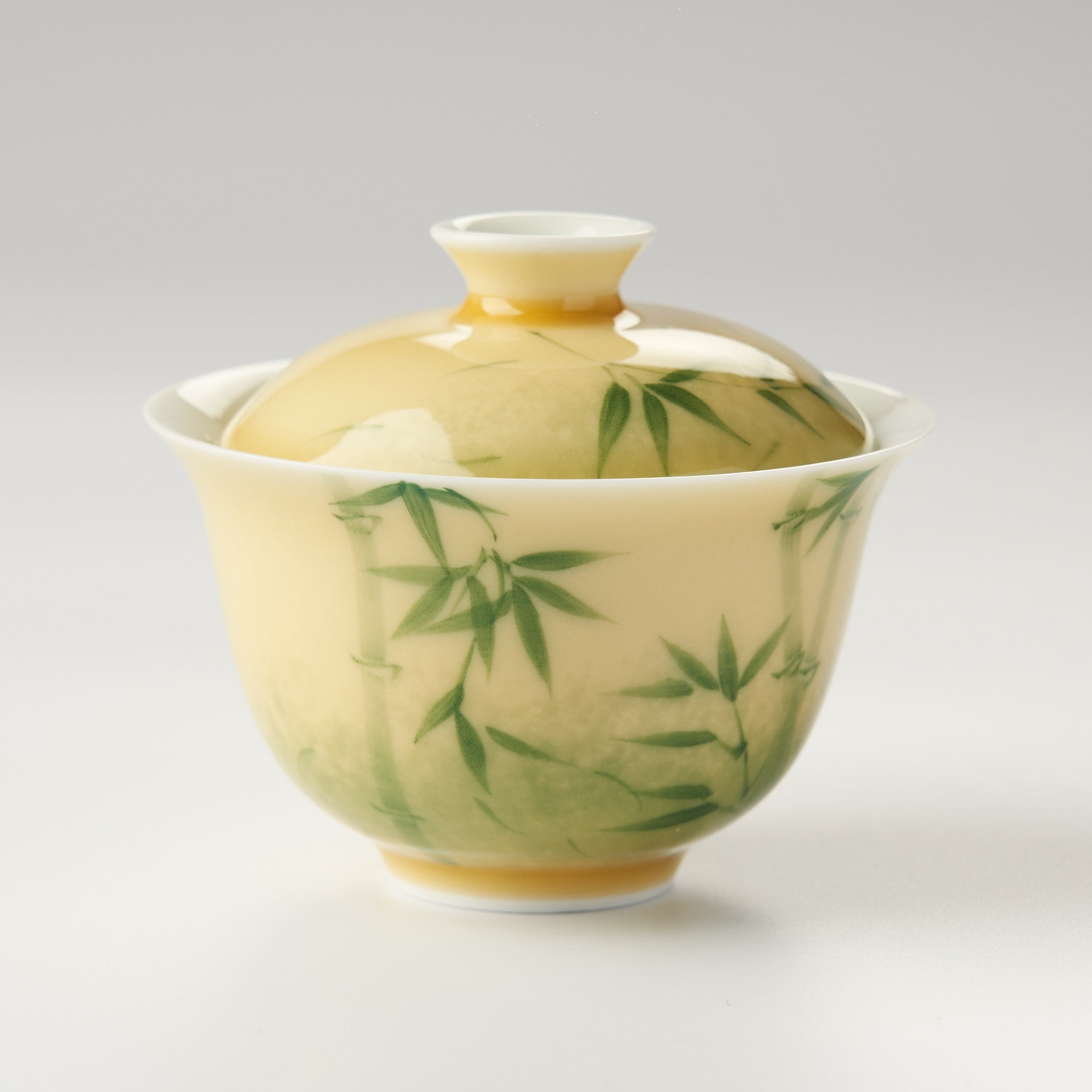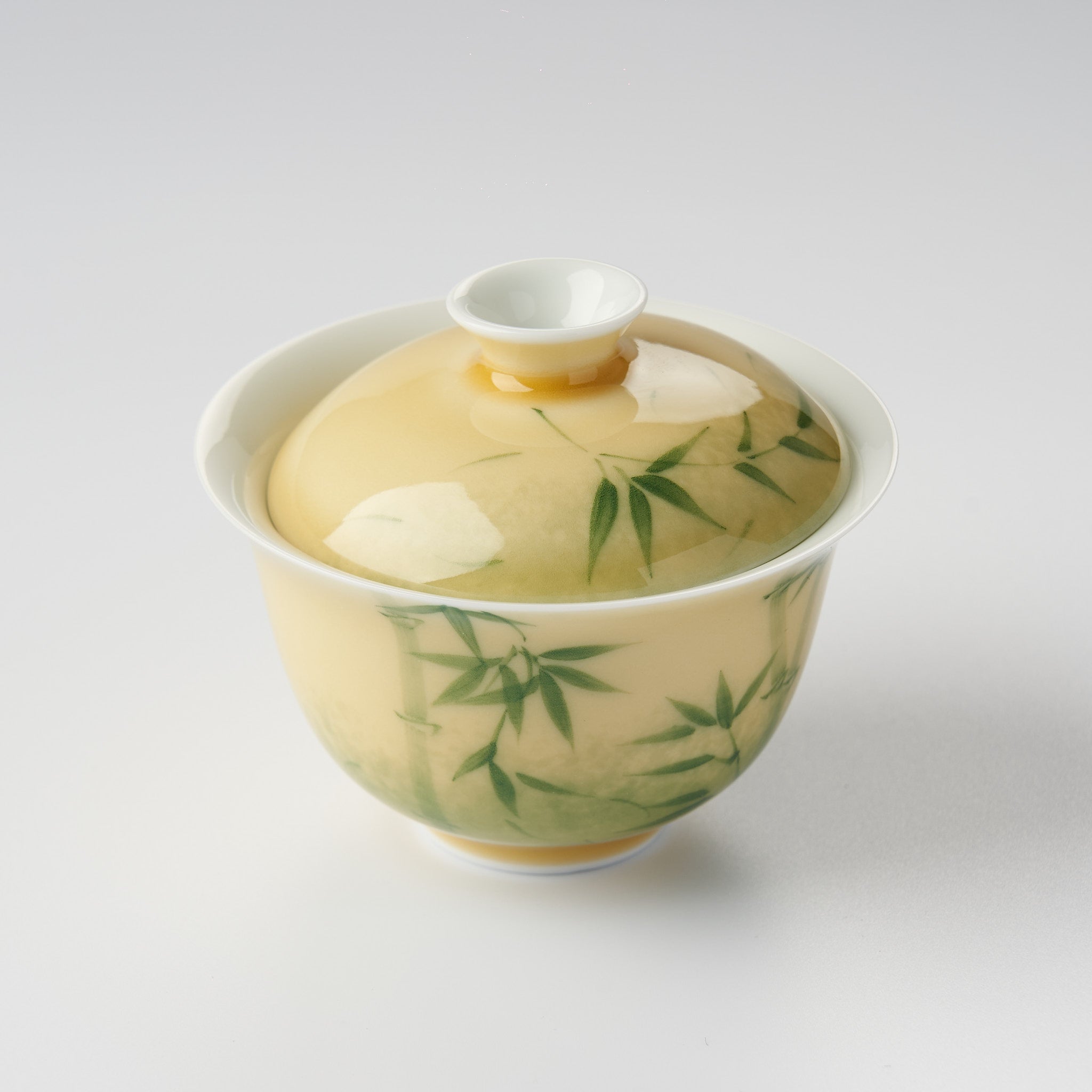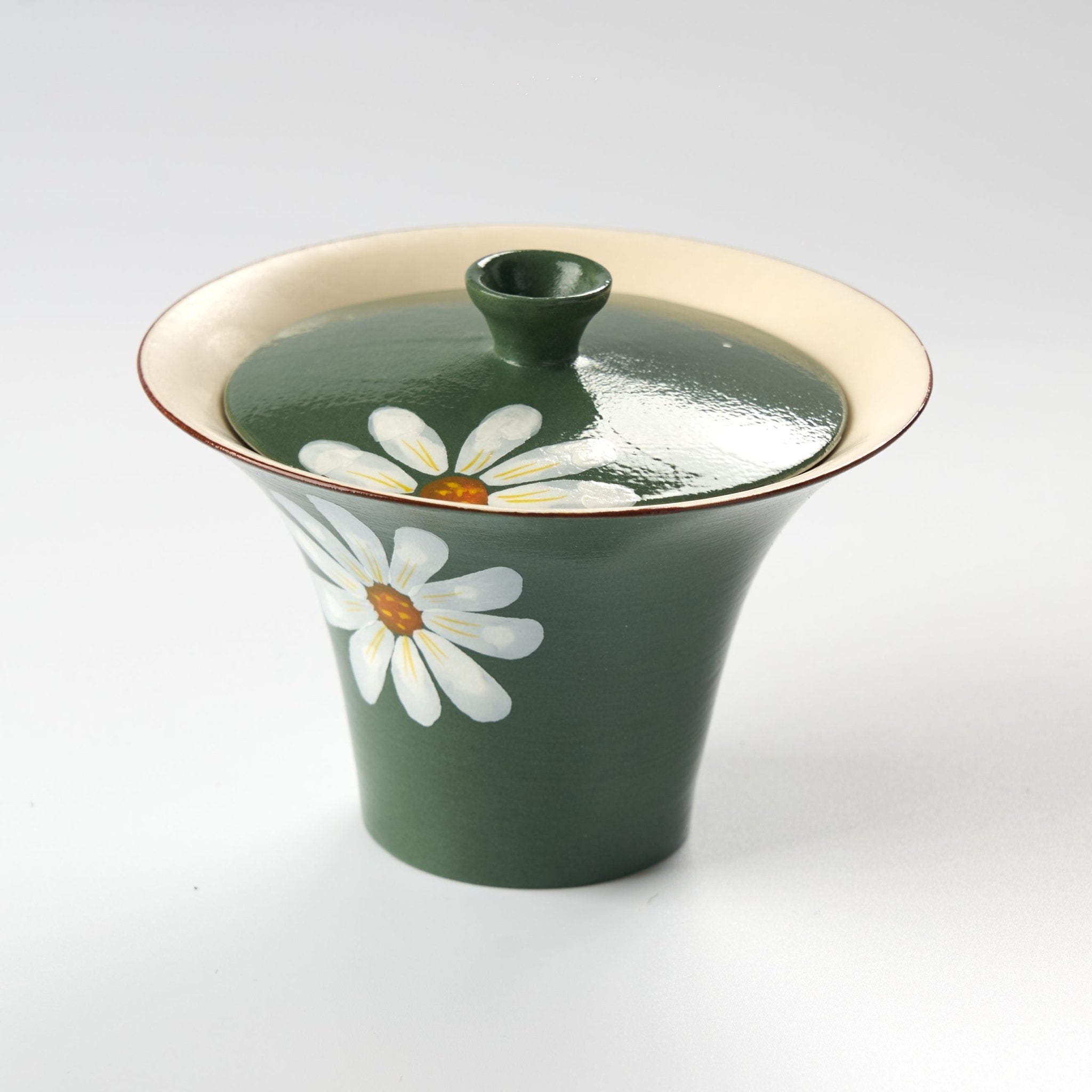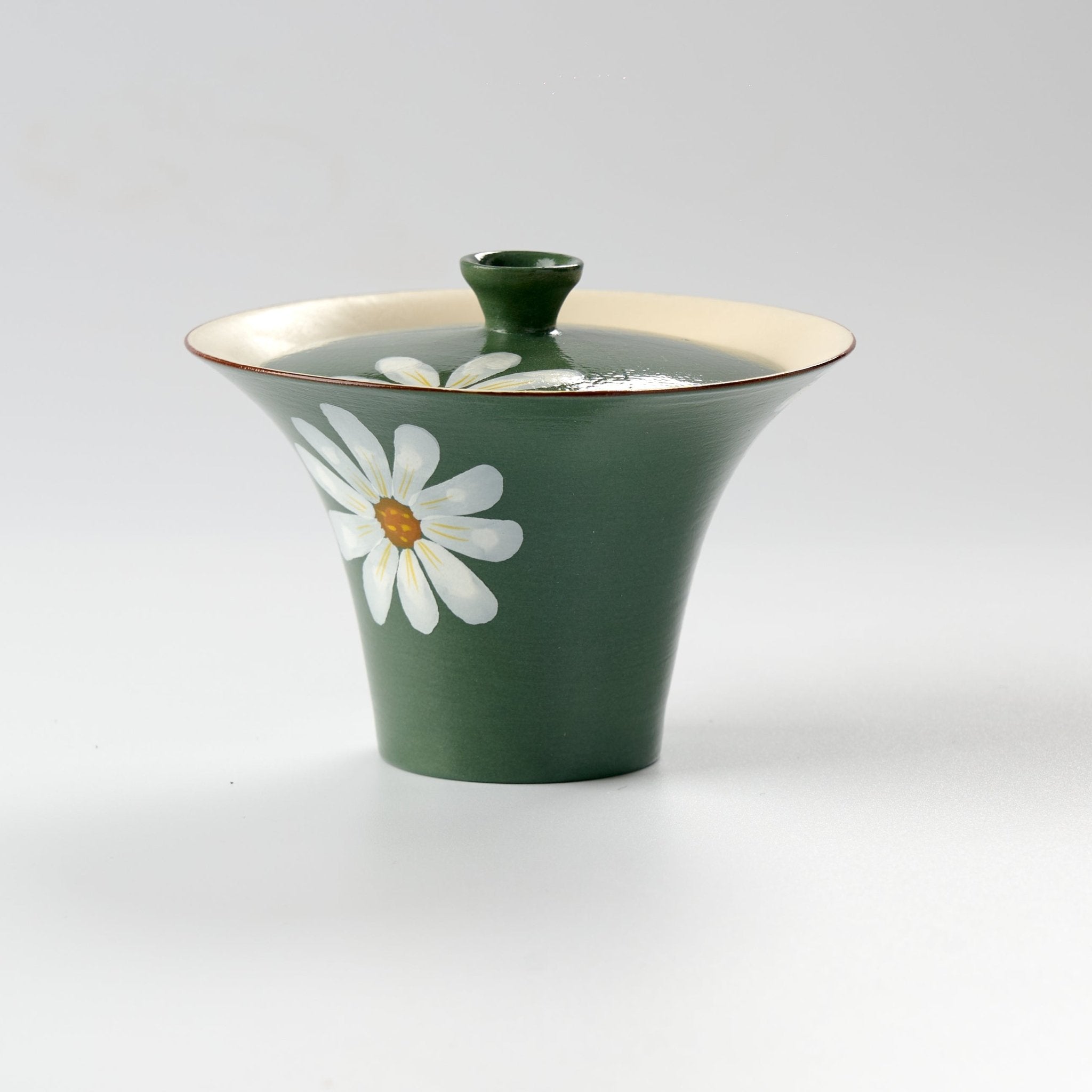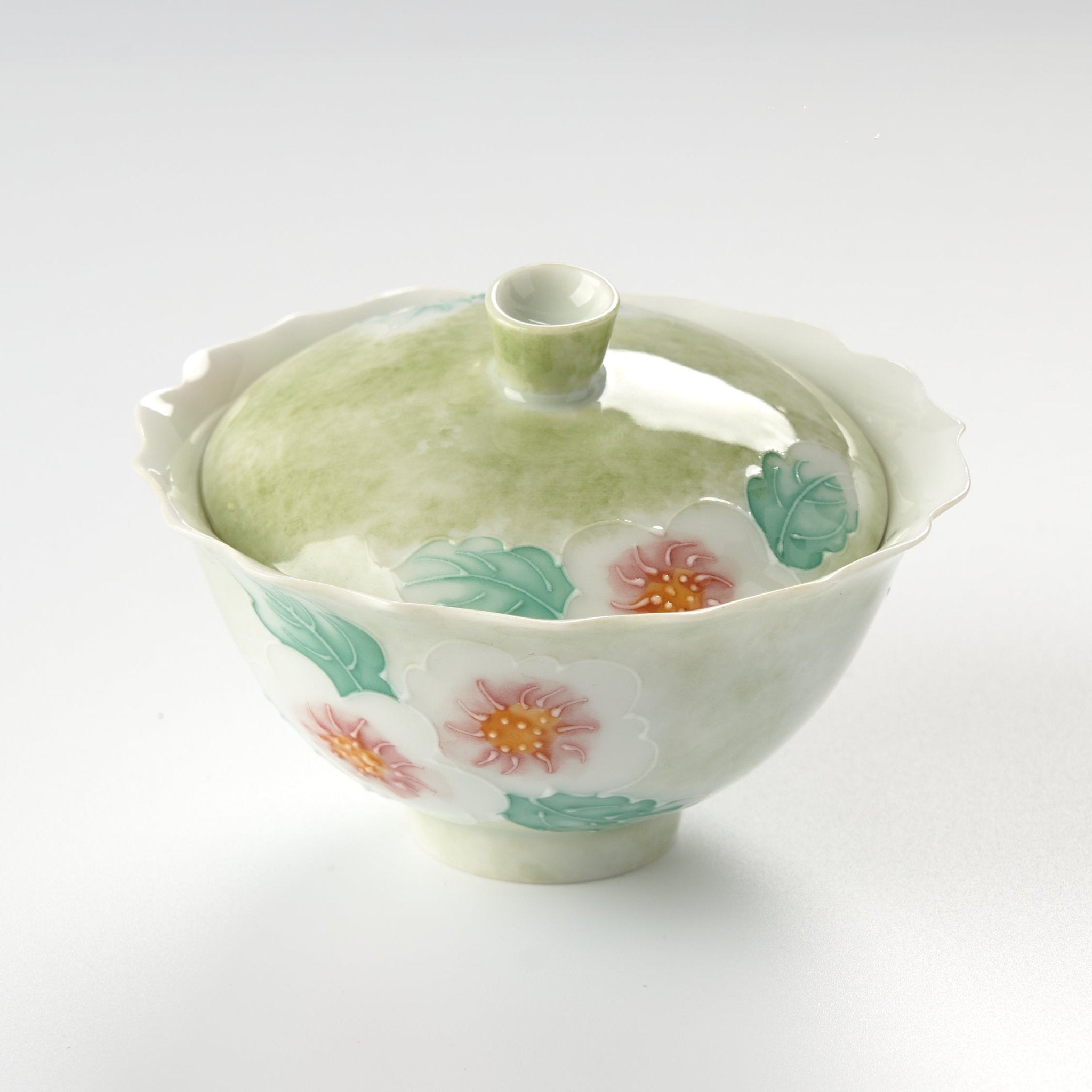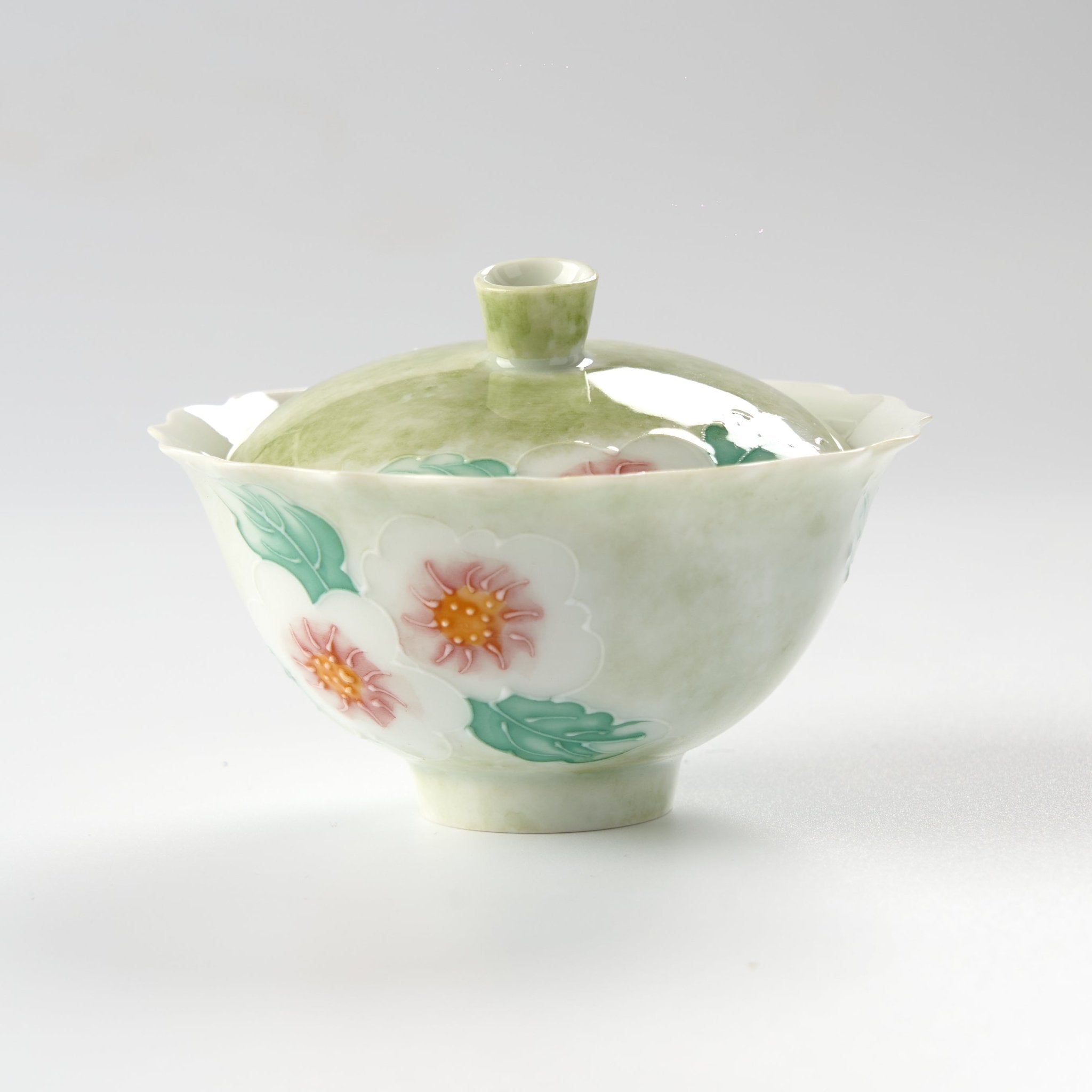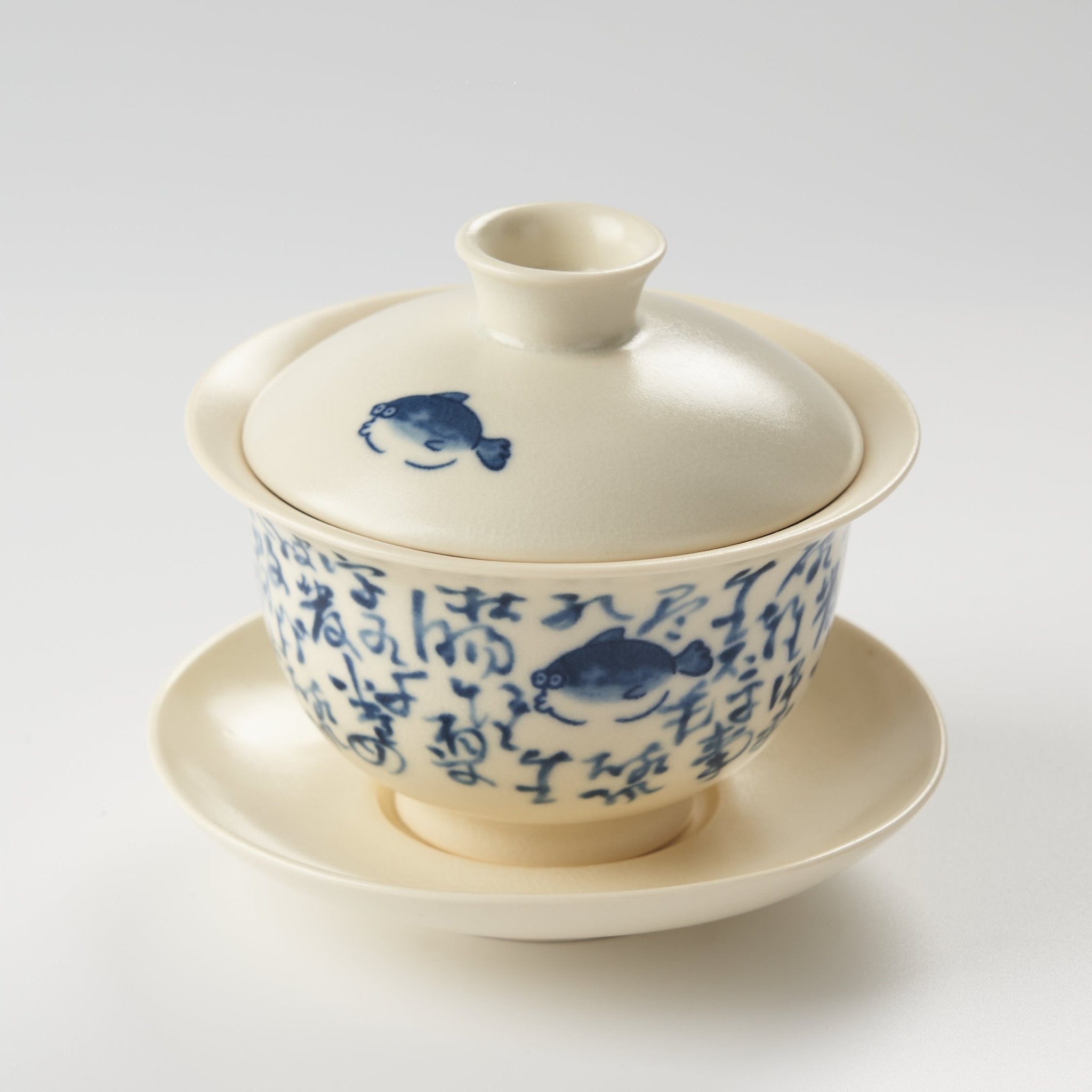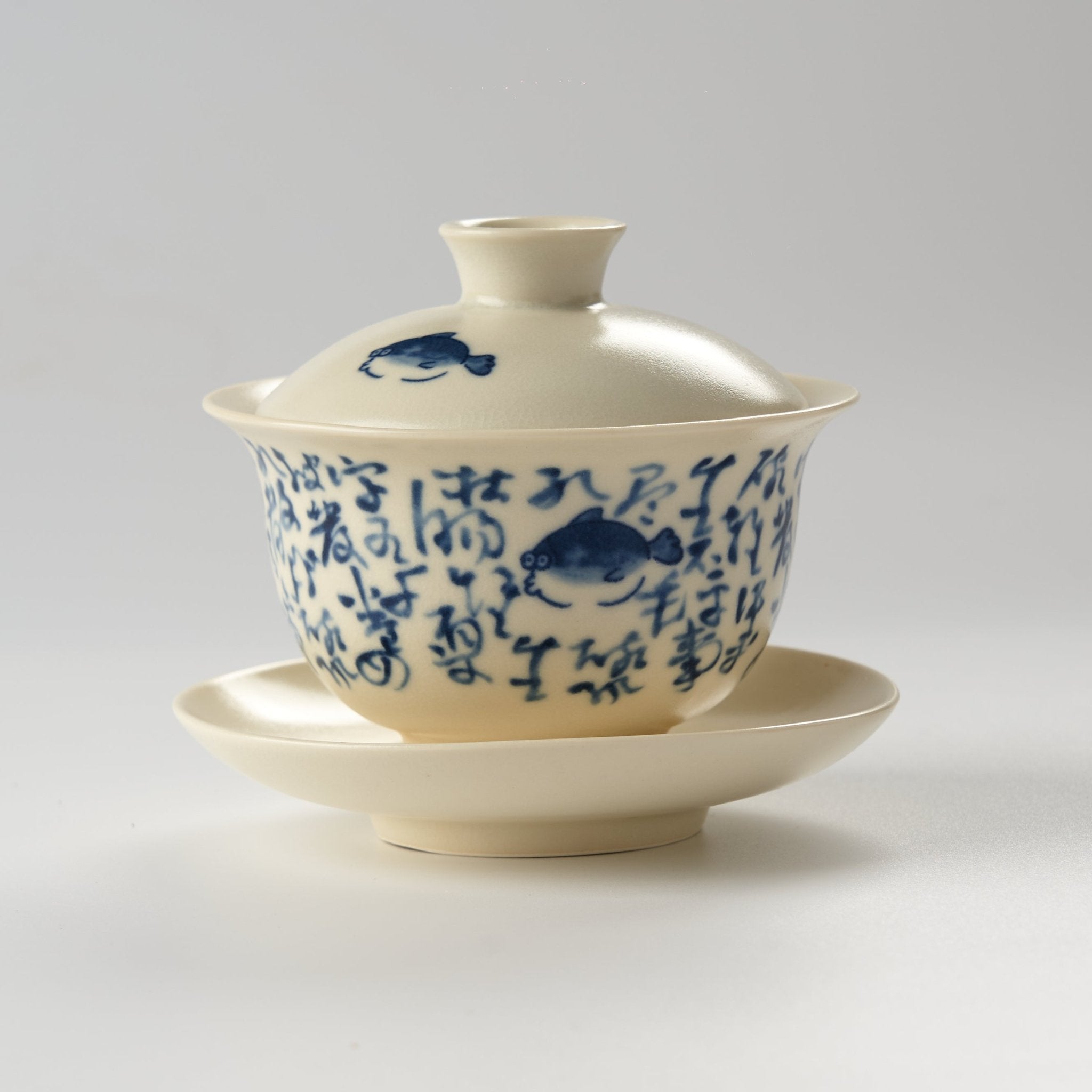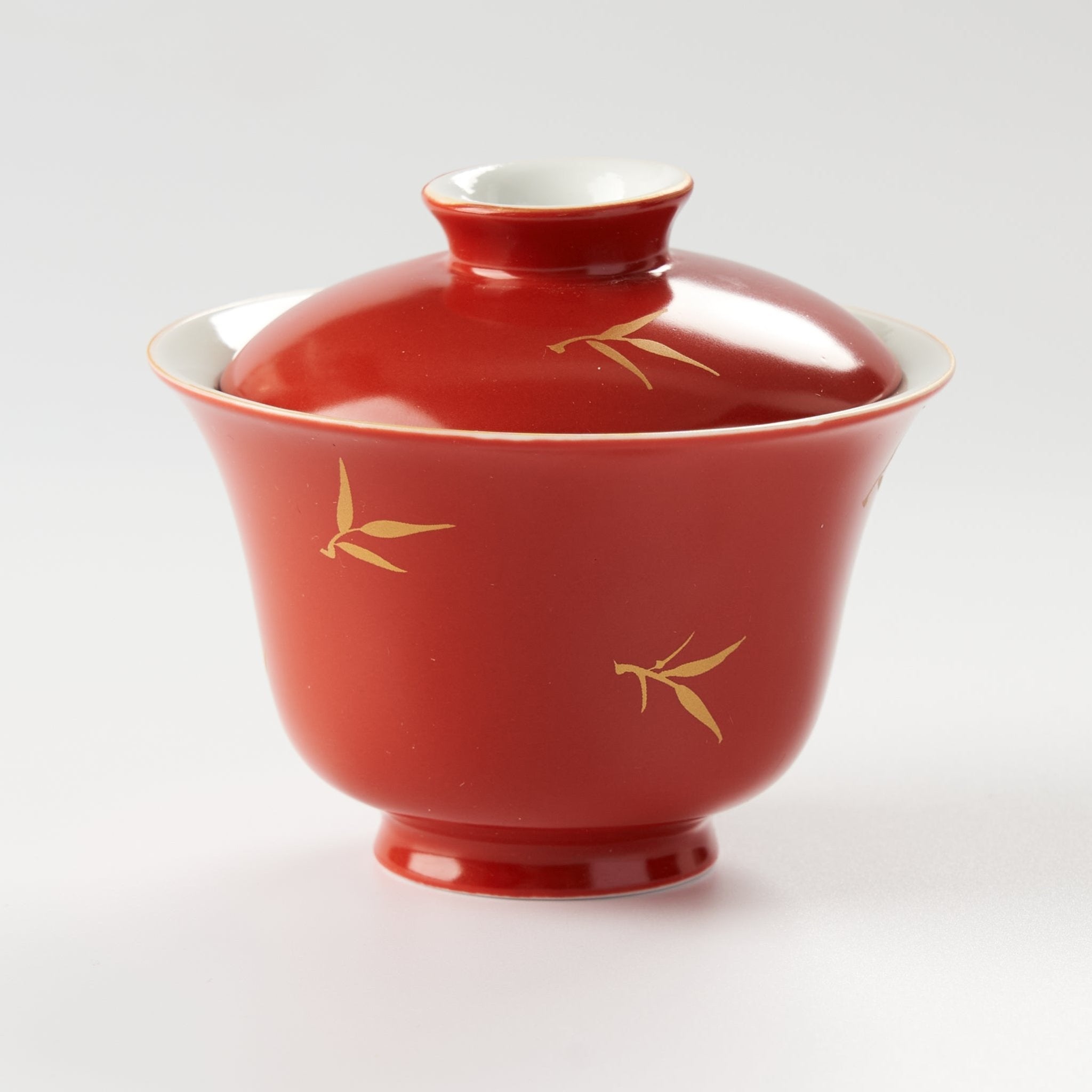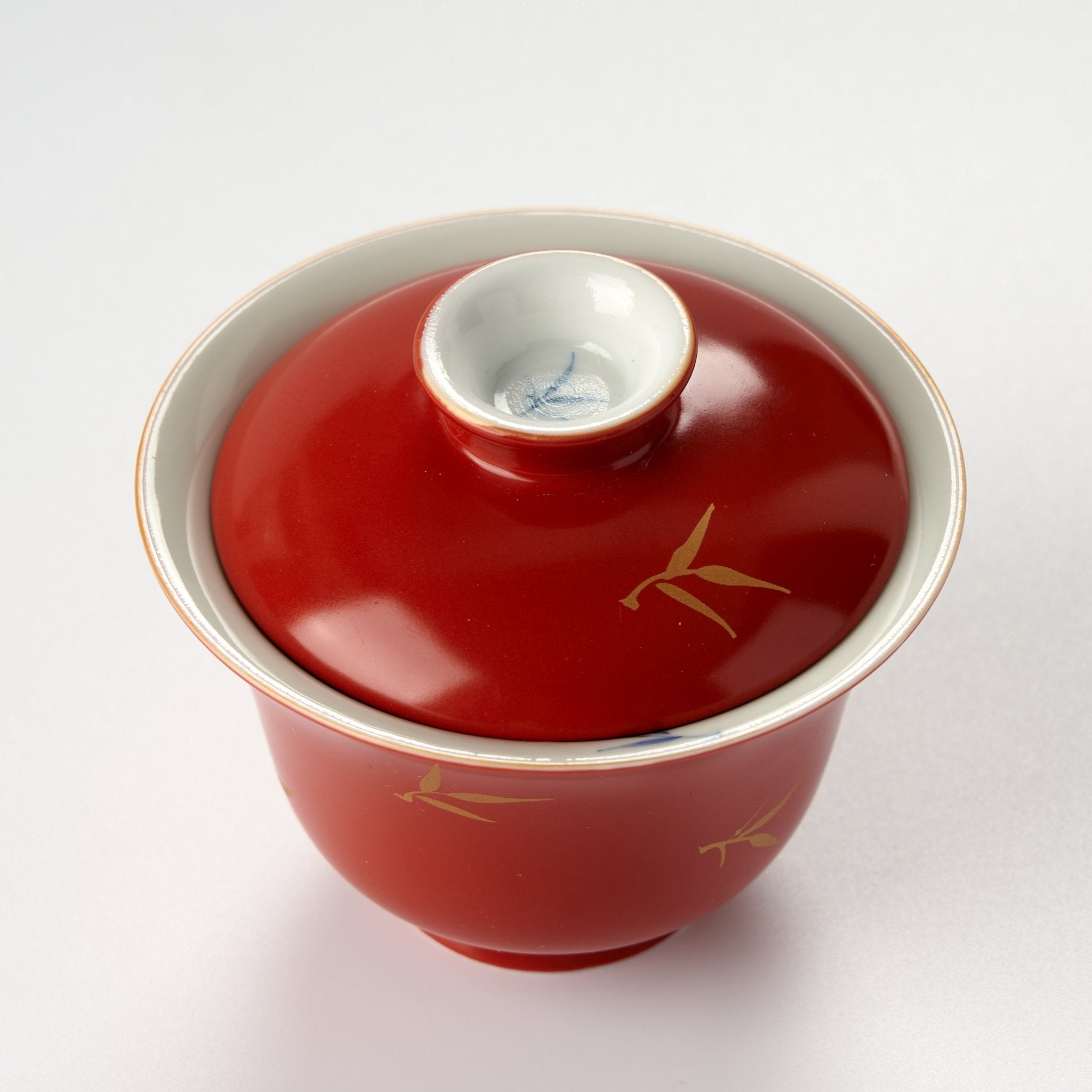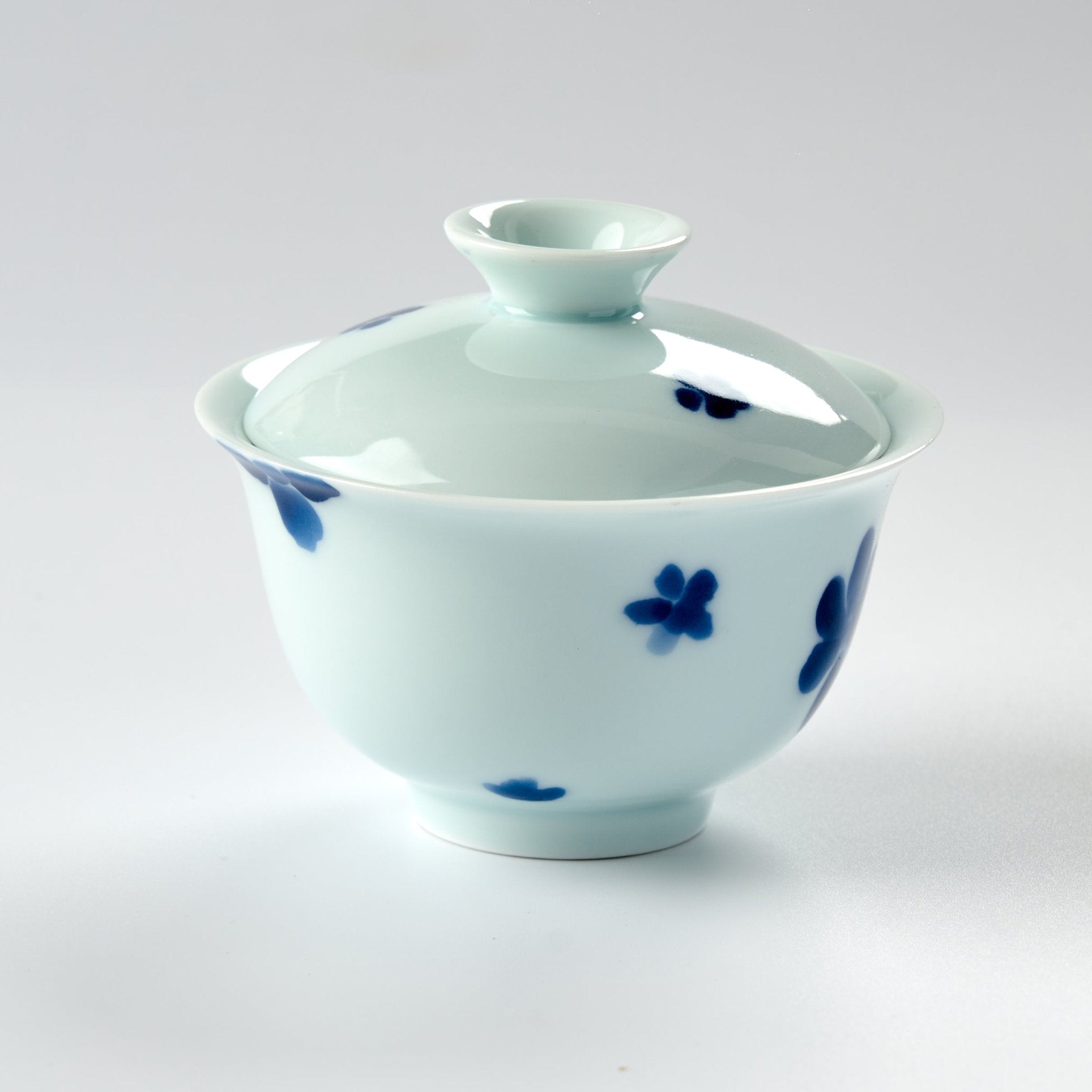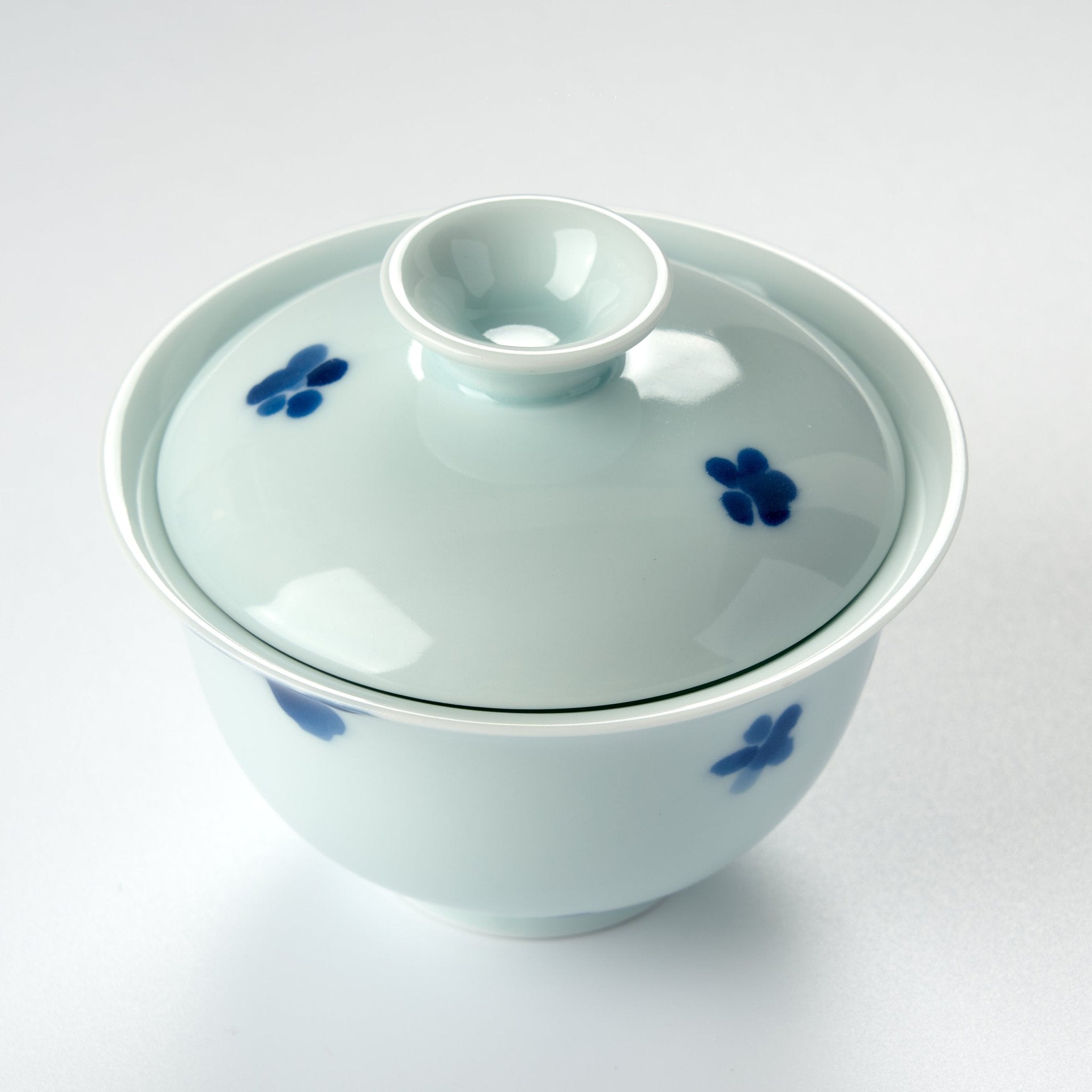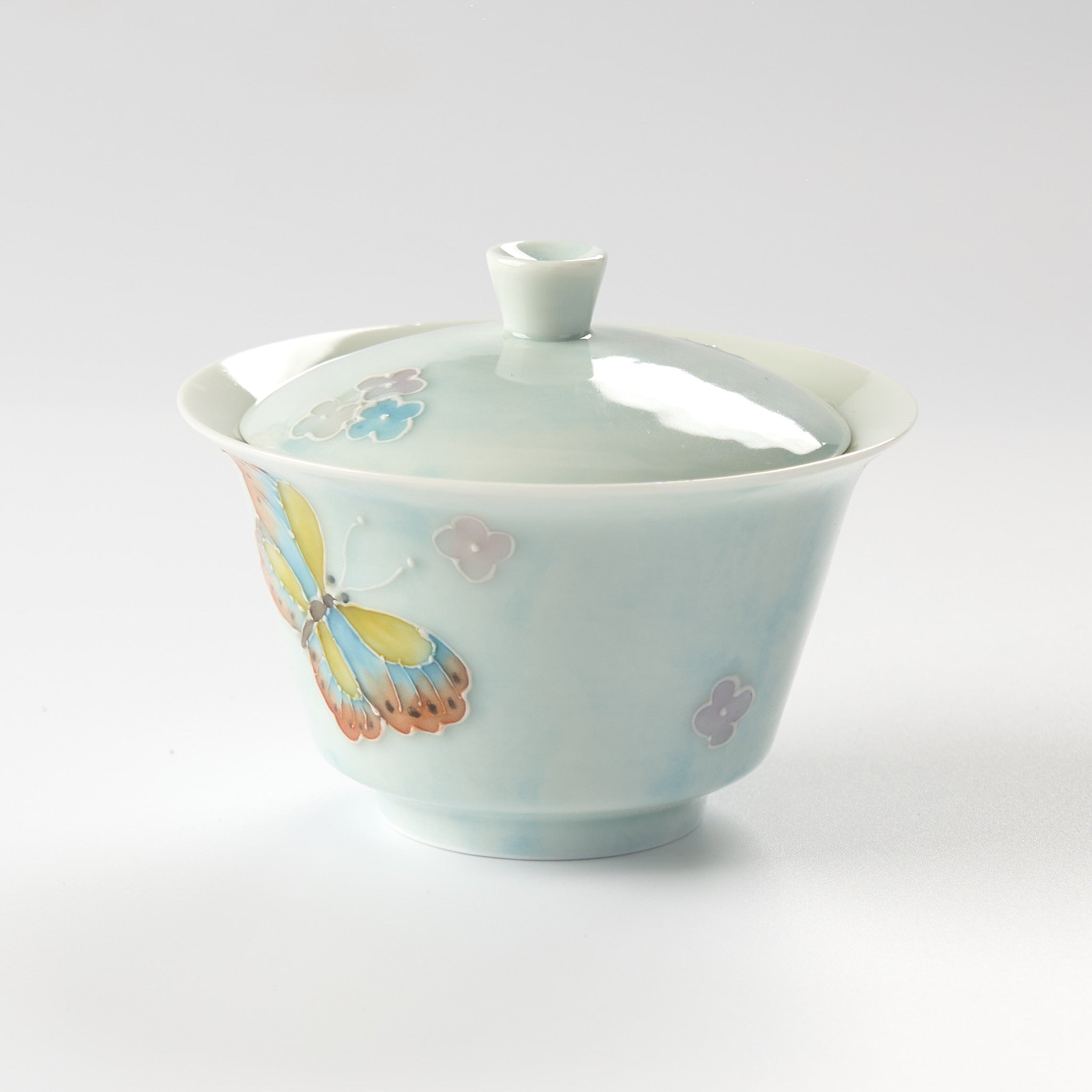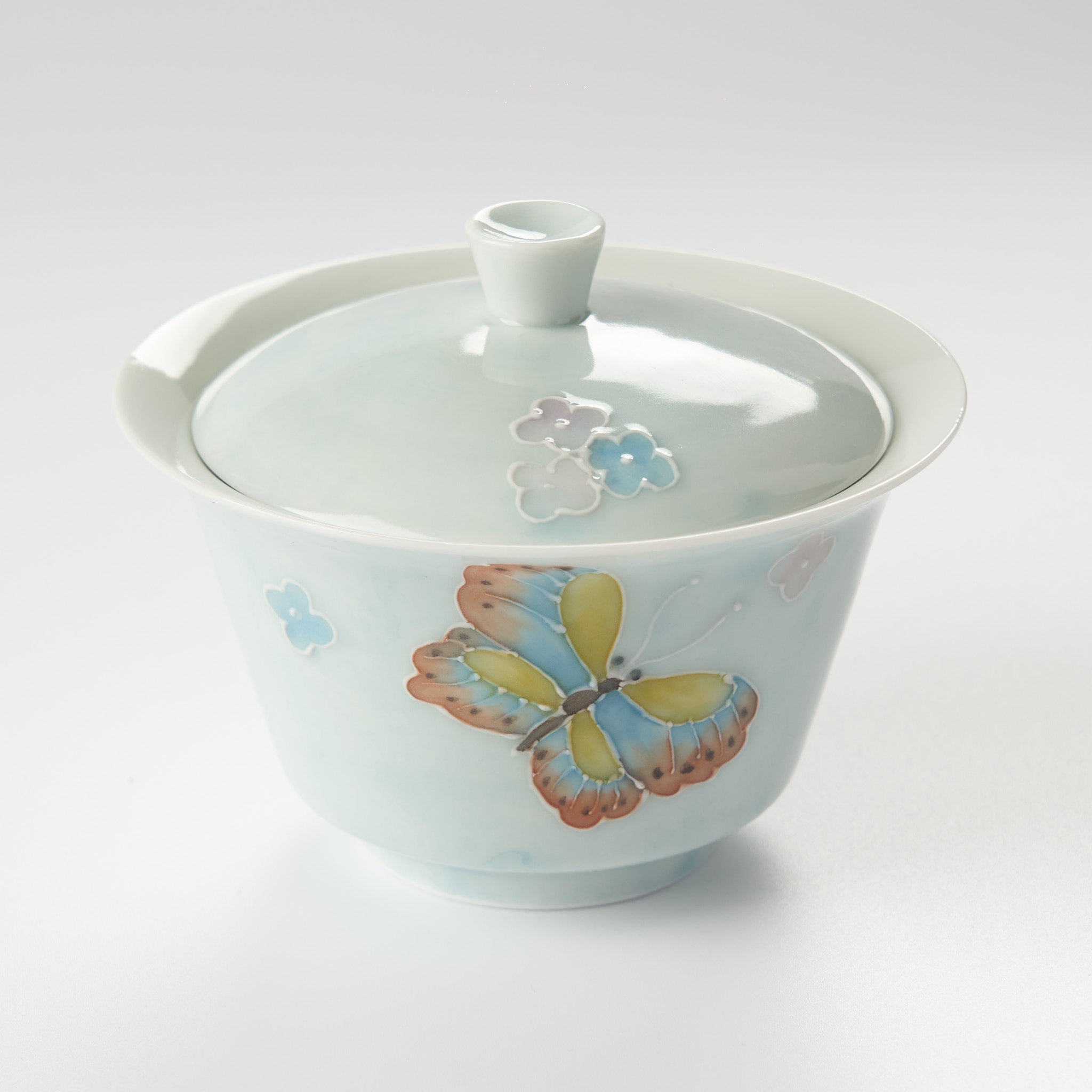FAQs
The Gaiwan is a traditional Chinese tea vessel, available in two types: "Sancai Gaiwan" (三才盖碗) and "Ercai Gaiwan"(二才盖碗). The "Sancai Gaiwan" consists of three parts: a lid, a bowl, and a saucer. During the Qing Dynasty, this type of gaiwan was popular in Northern China, and particularly suited for drinking floral teas. It features a wide rim, facilitating the lifting of the lid to observe the tea broth and leaf shape. During consumption, the lid is often used to stir the leaves and allows direct sipping; it can also be lifted to the nose to enjoy the aroma. The saucer is designed to prevent scalding and facilitates easy handling, adding elegance and grace to the gaiwan.
Over time, changes in modern tea drinking habits have led to the evolution of the traditional " Sancai Gaiwan" into the "Ercai Gaiwan." This version simplifies the structure by eliminating the saucer and retaining only the bowl and lid. The "Ercai Gaiwan" can be paired with a tea tray or pot stand(壶承) for Gongfu Tea.
The main difference between a gaiwan and a teapot is how quickly the tea is poured out. A gaiwan pours tea faster than a teapot. When using the same tea-to-water ratio, the difference in pouring speed between a gaiwan and a teapot might result in very subtle flavor variations. However, you generally won’t notice these differences. Both can be used for making gongfu tea.


